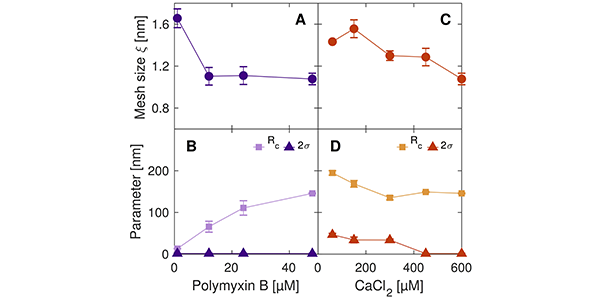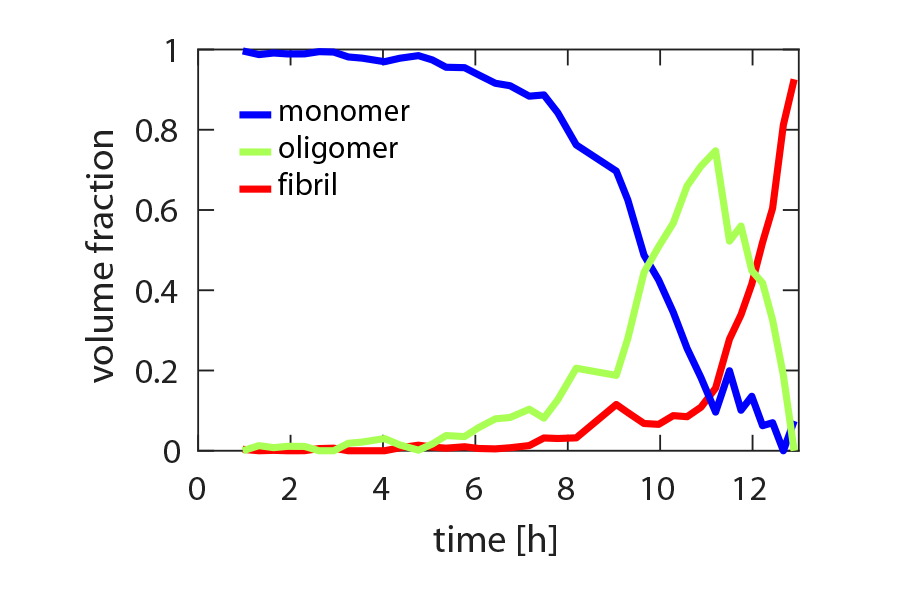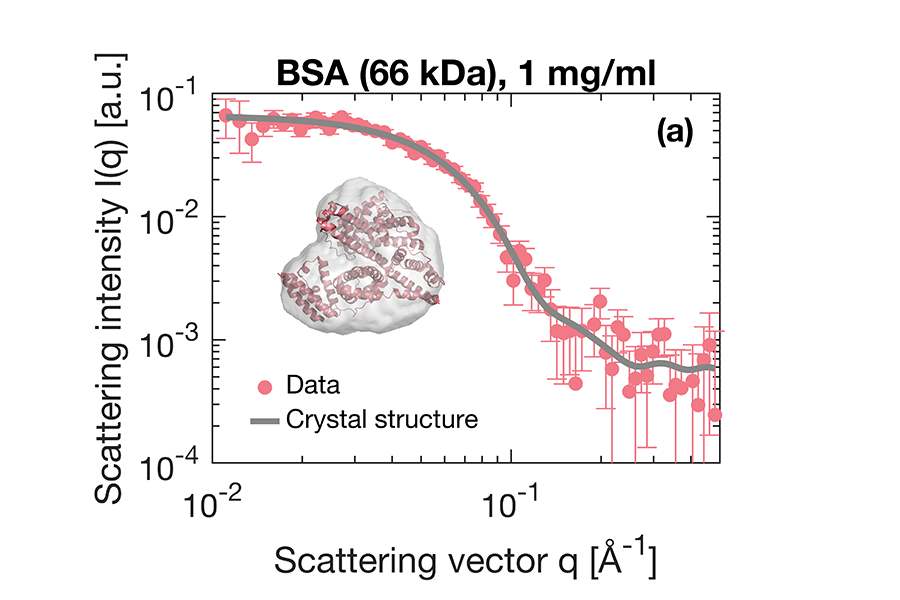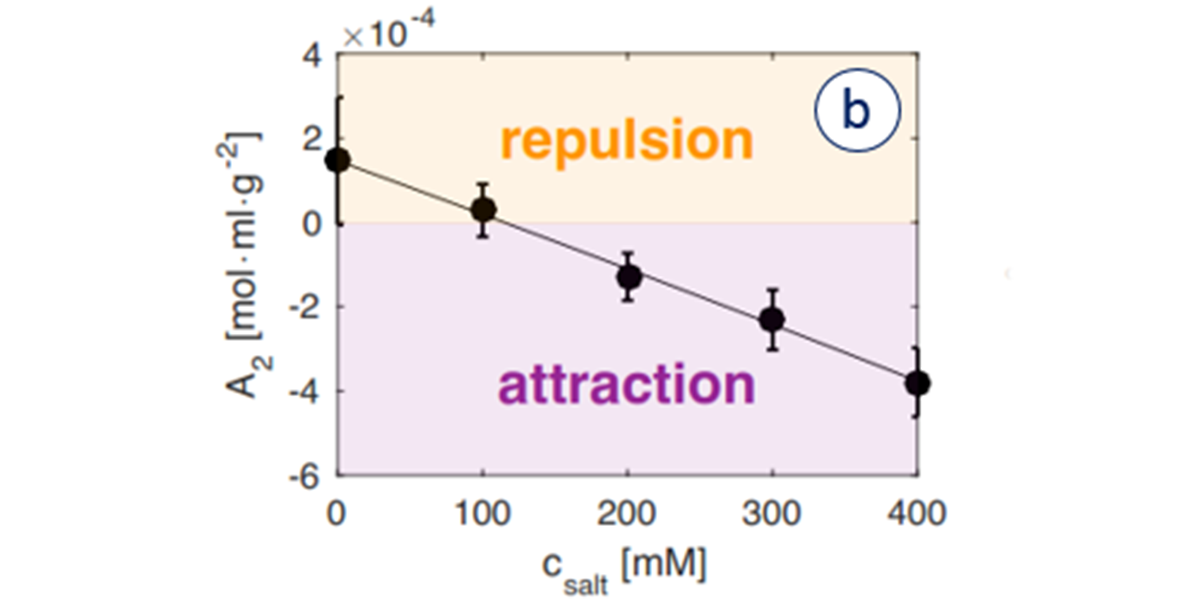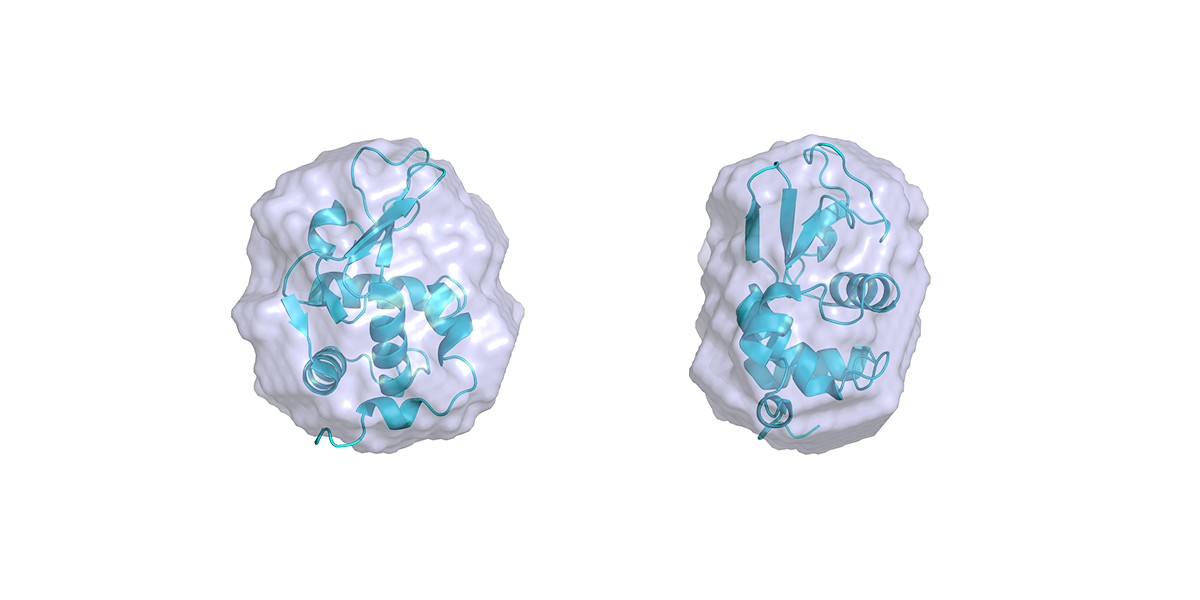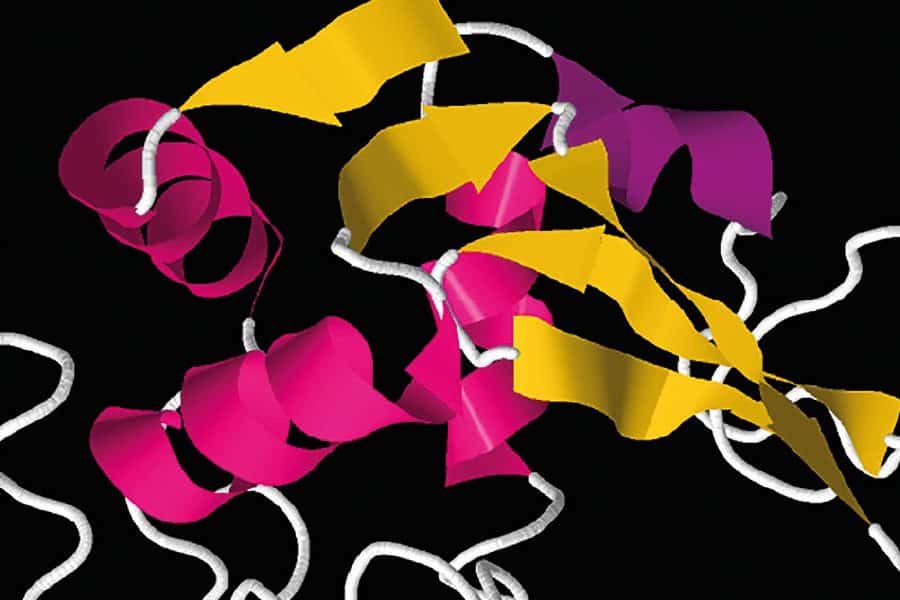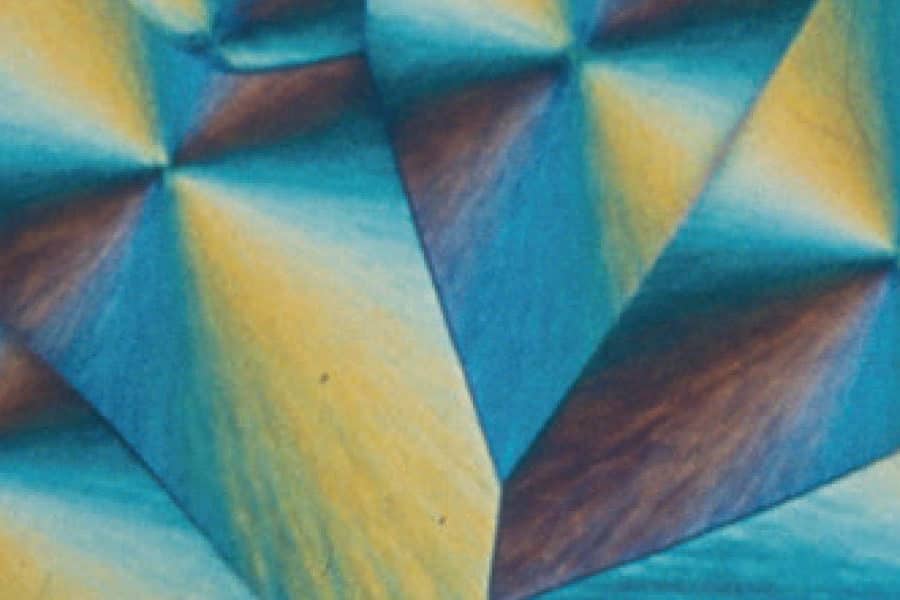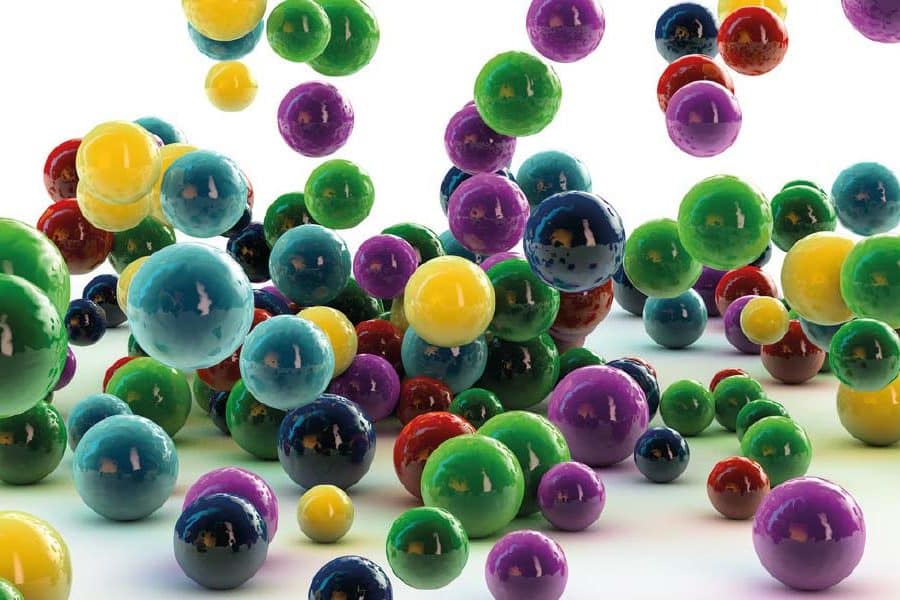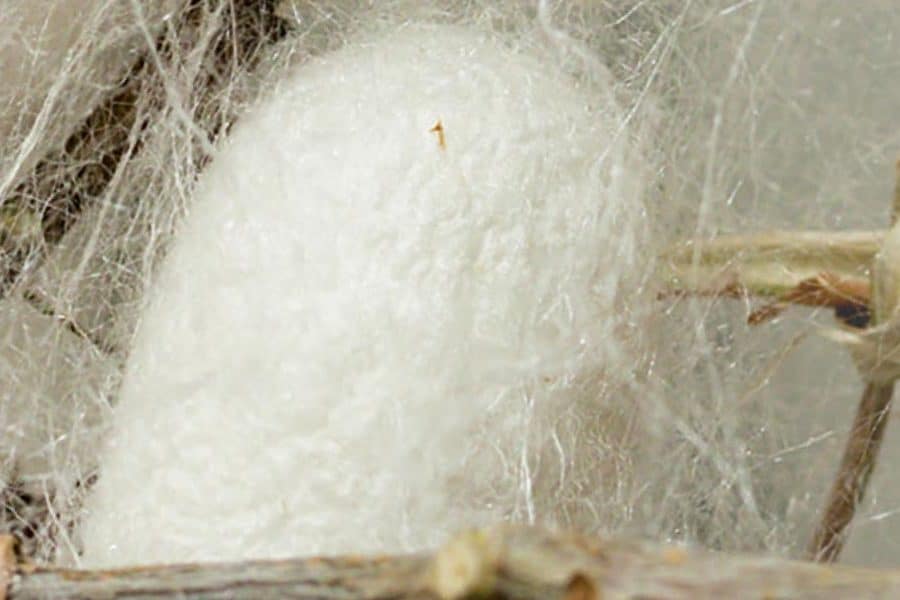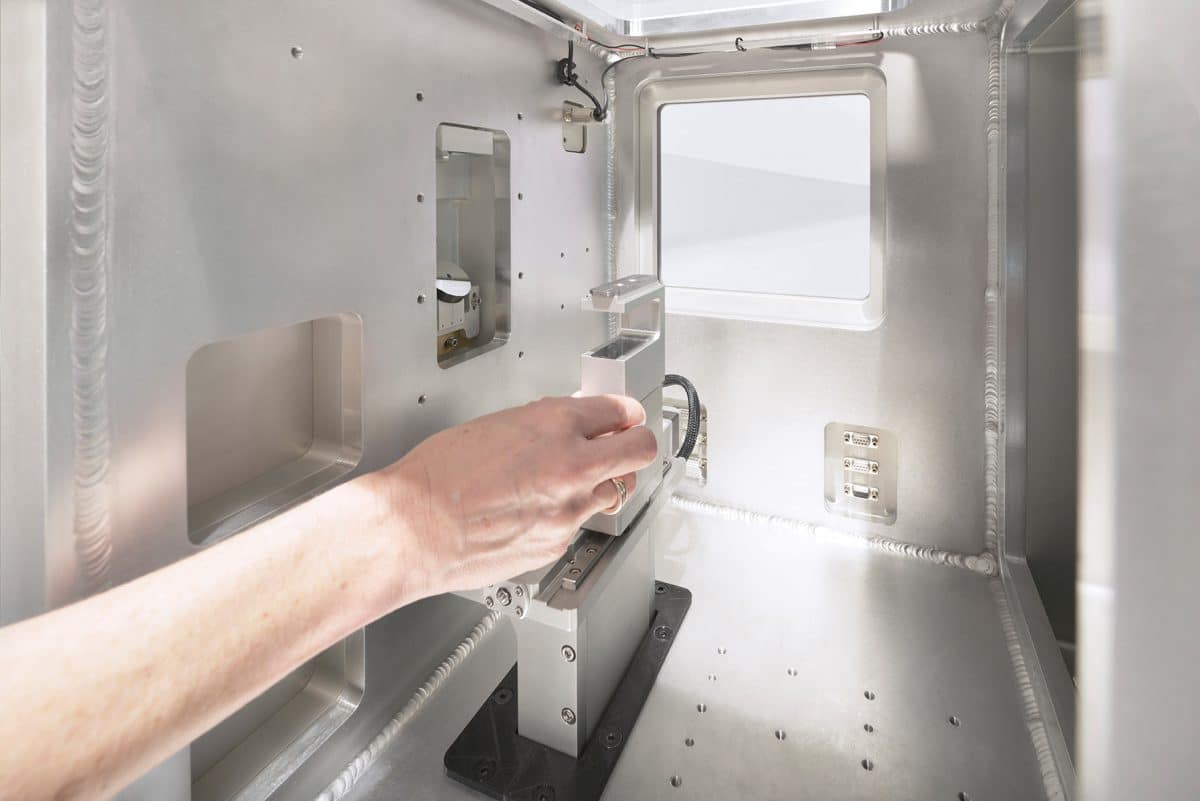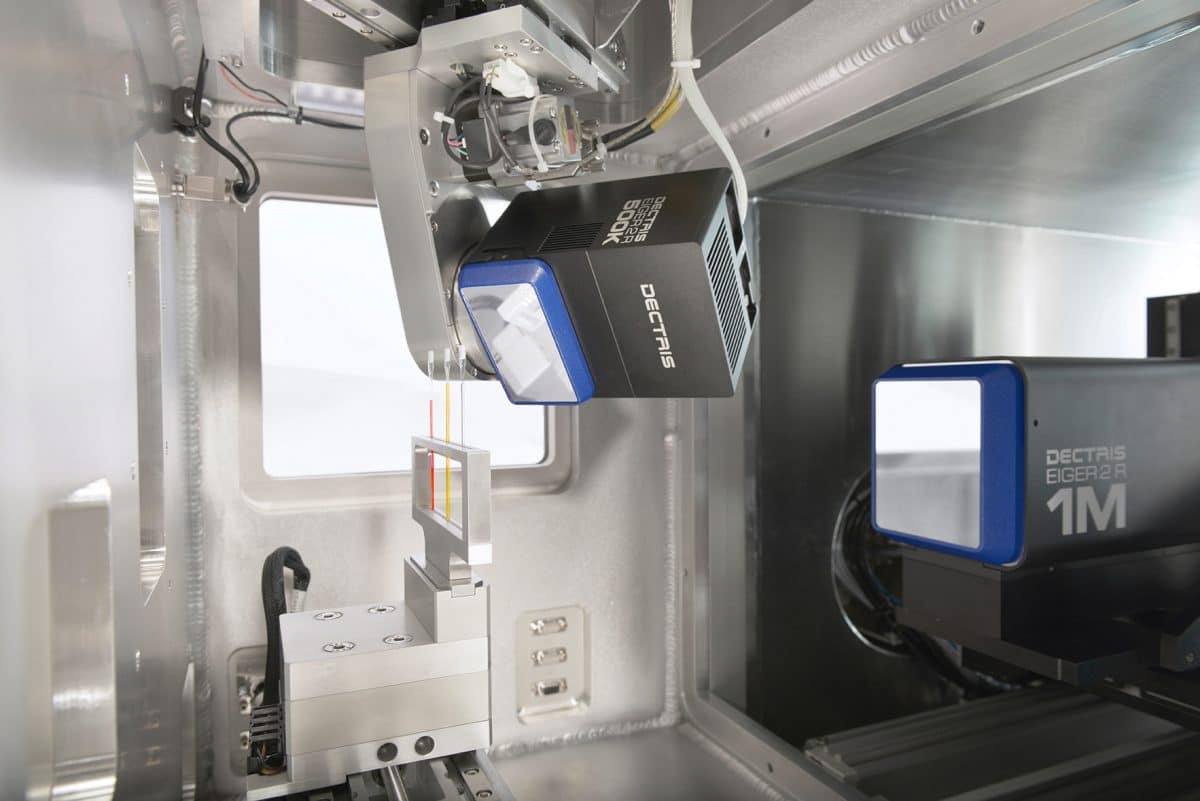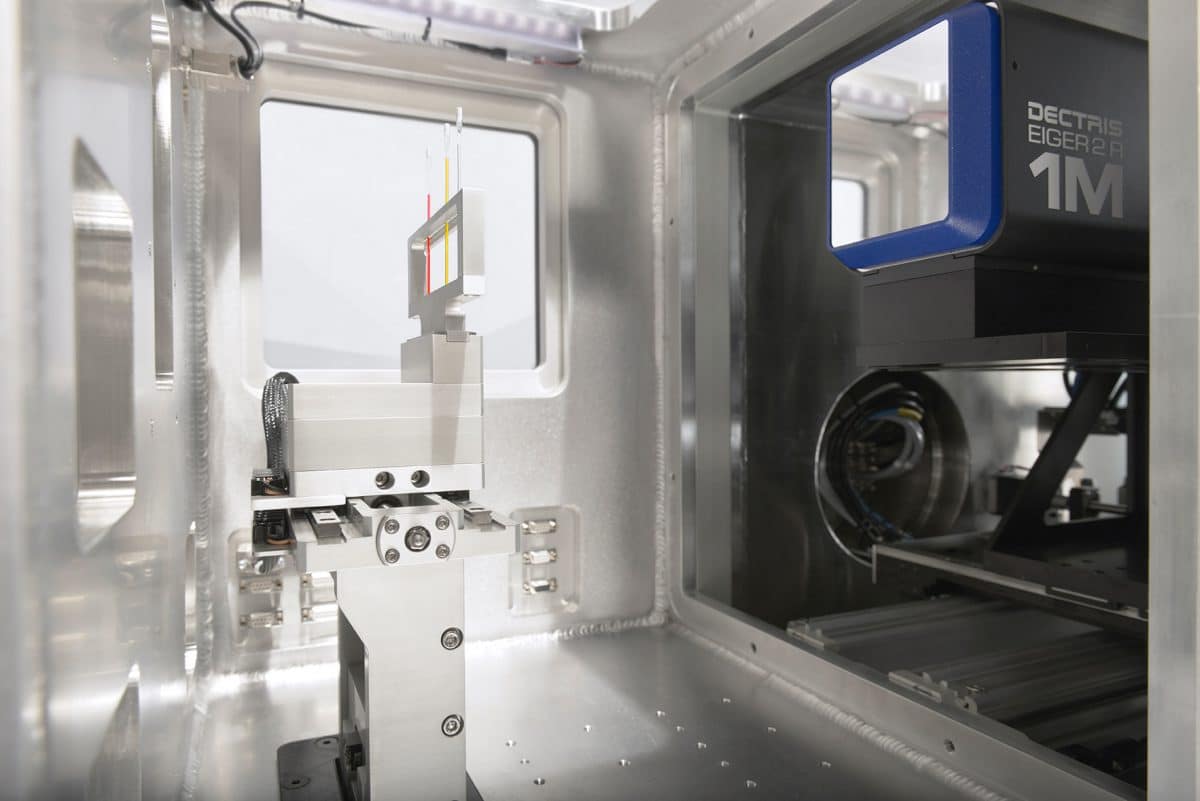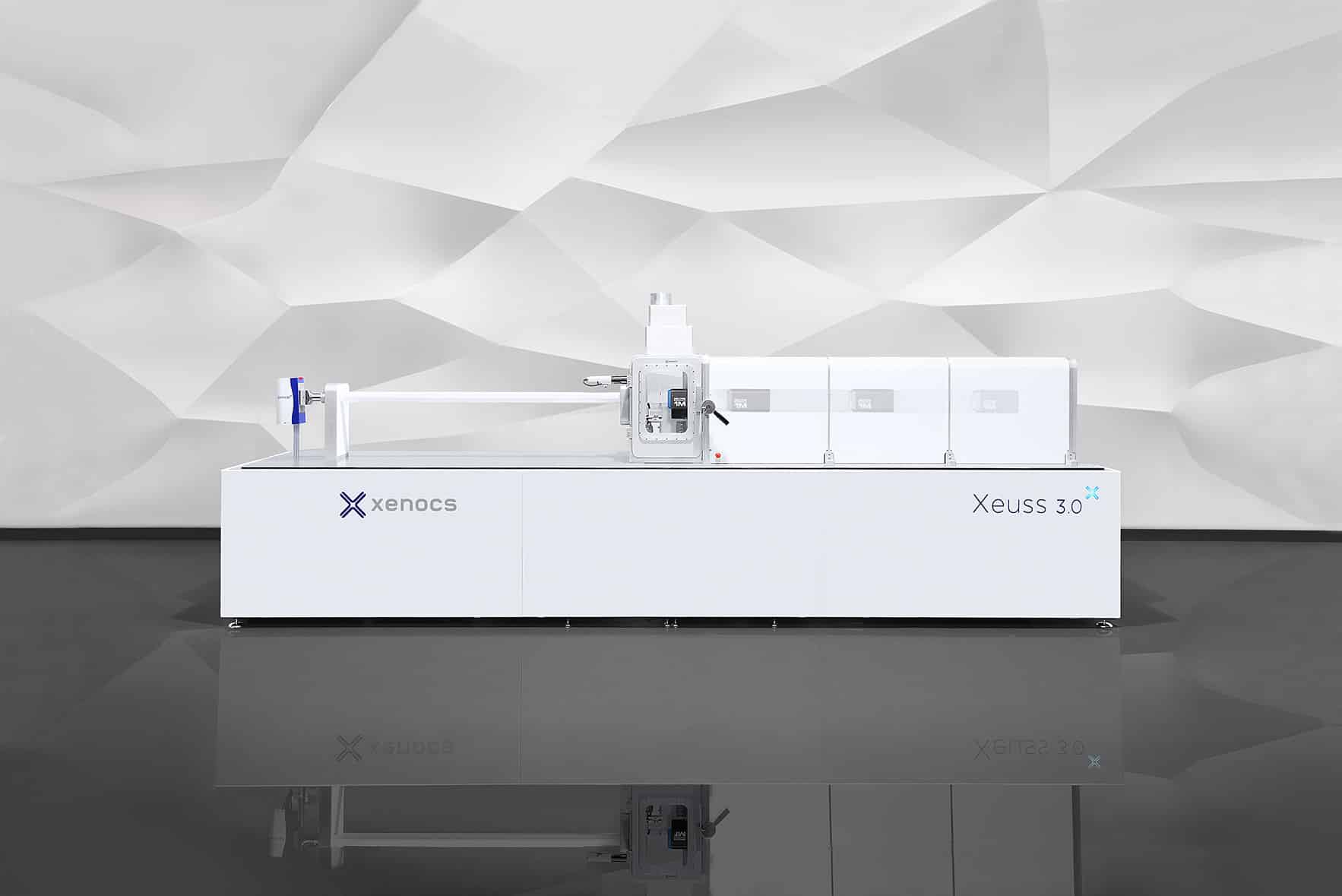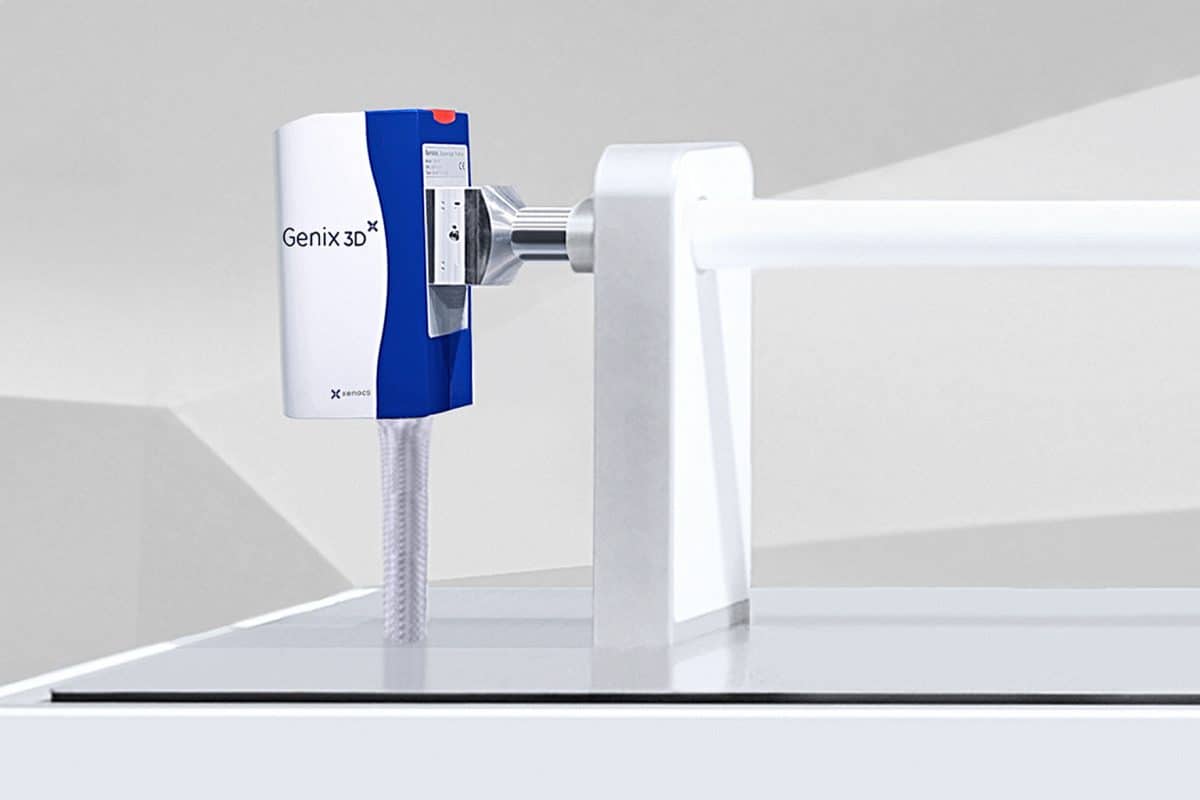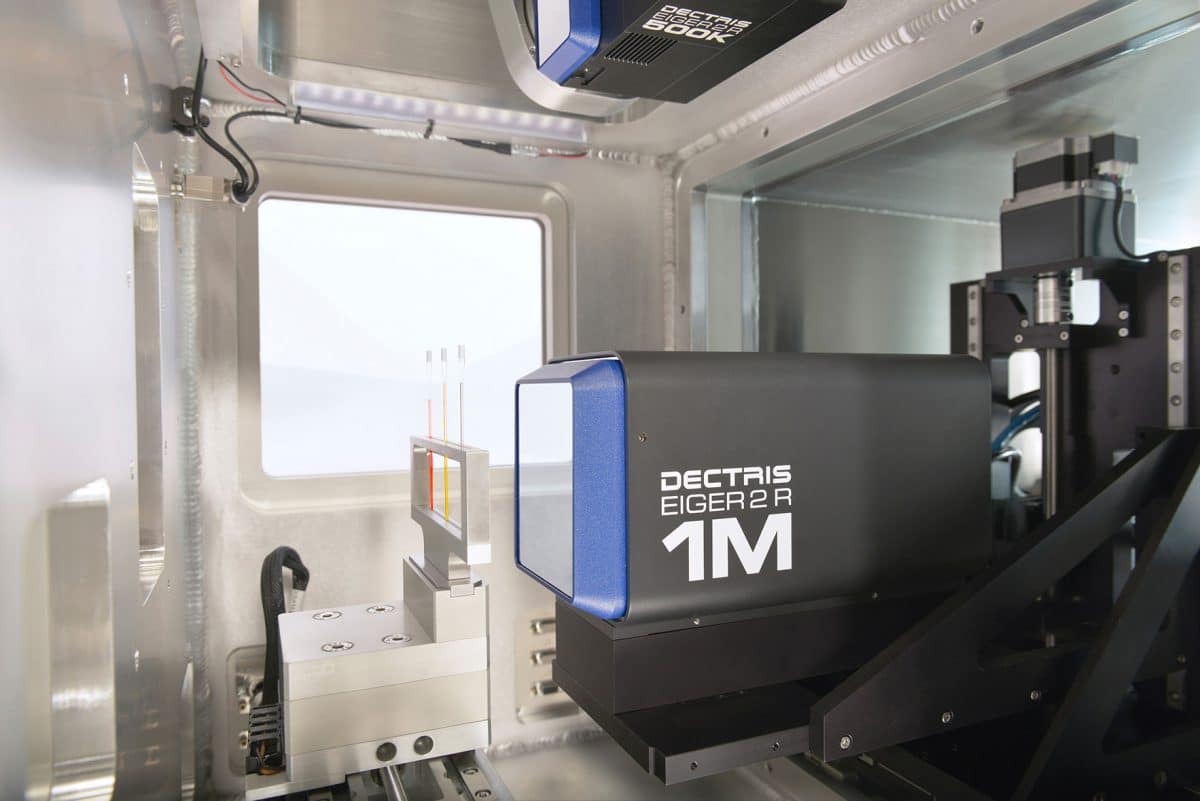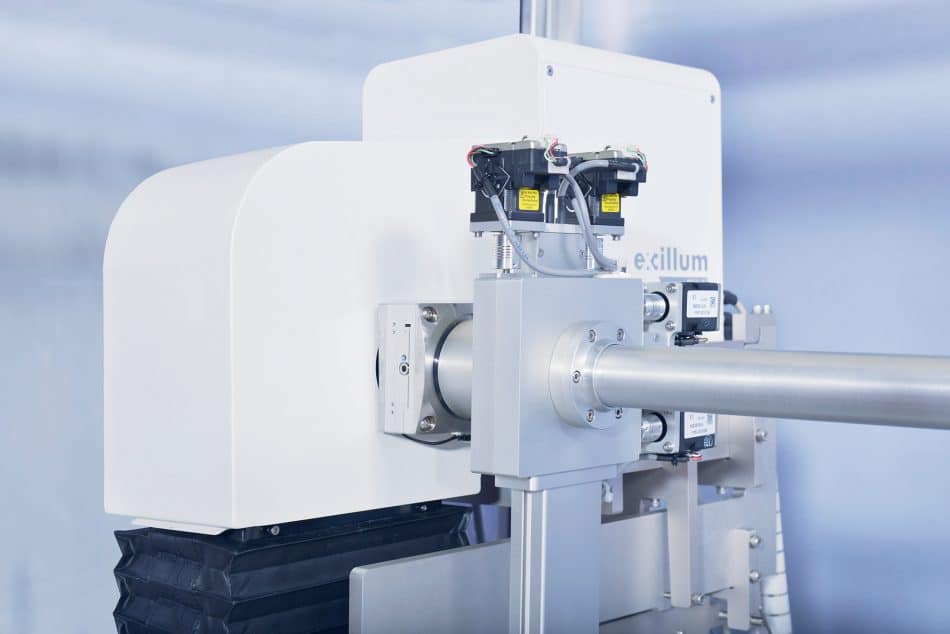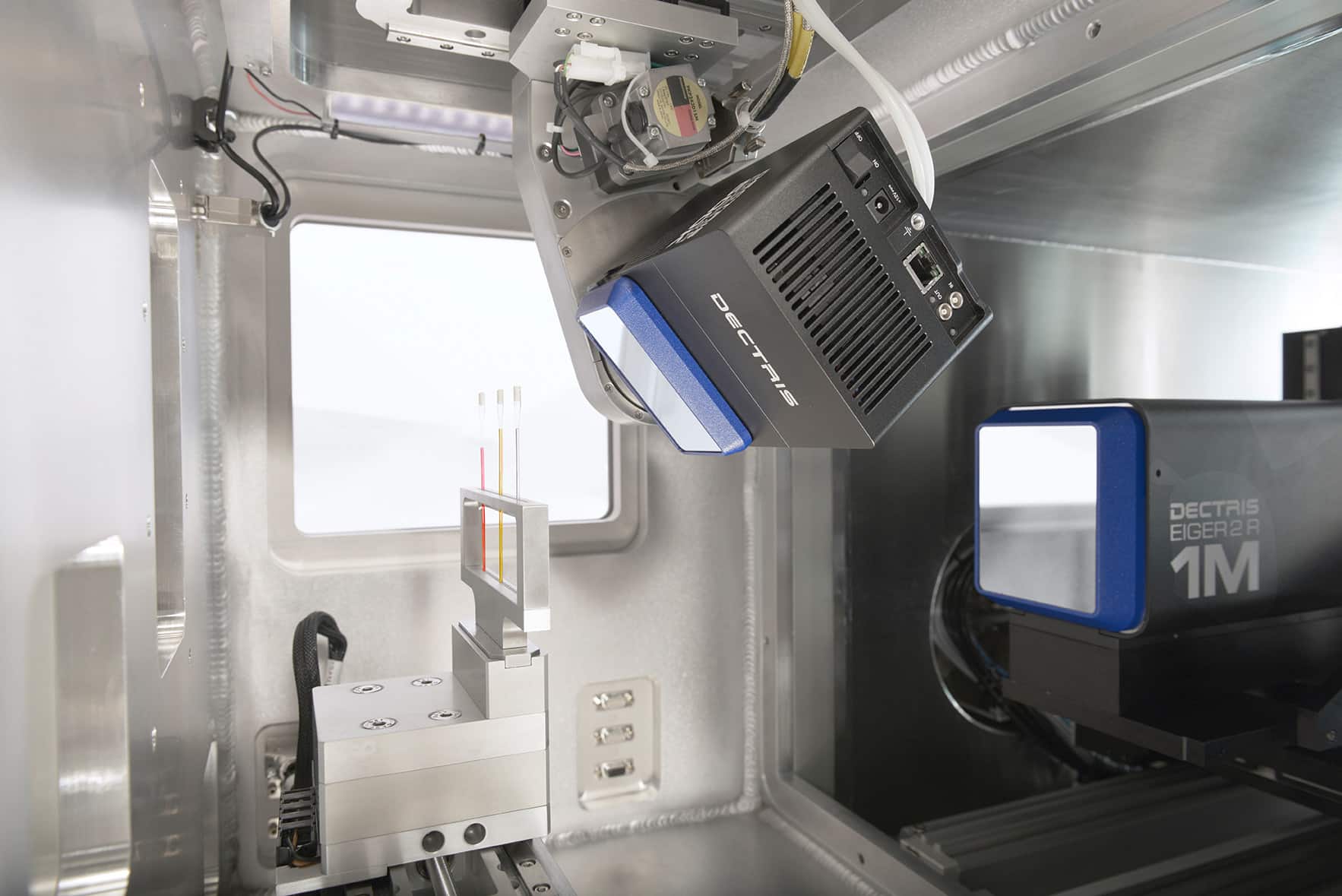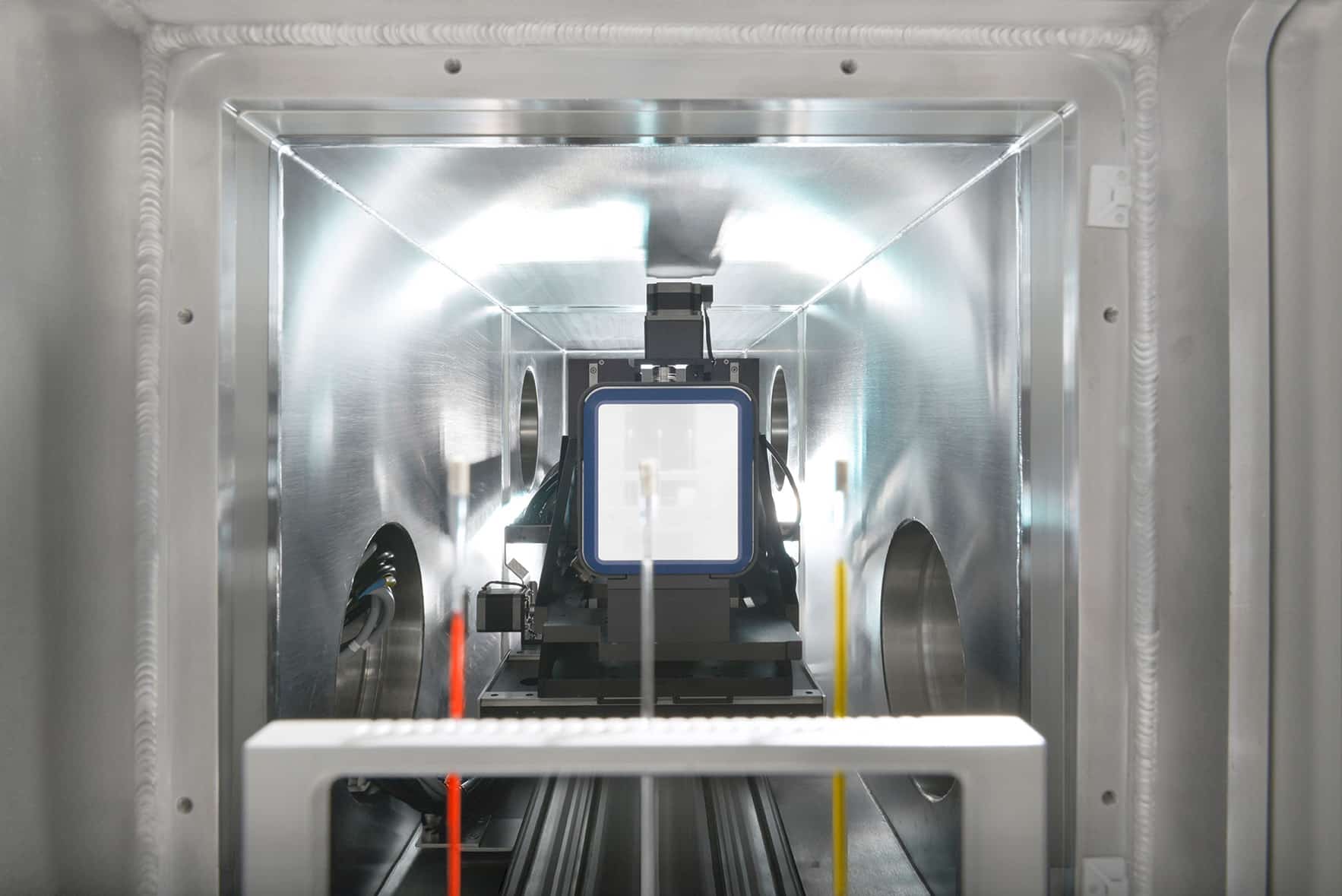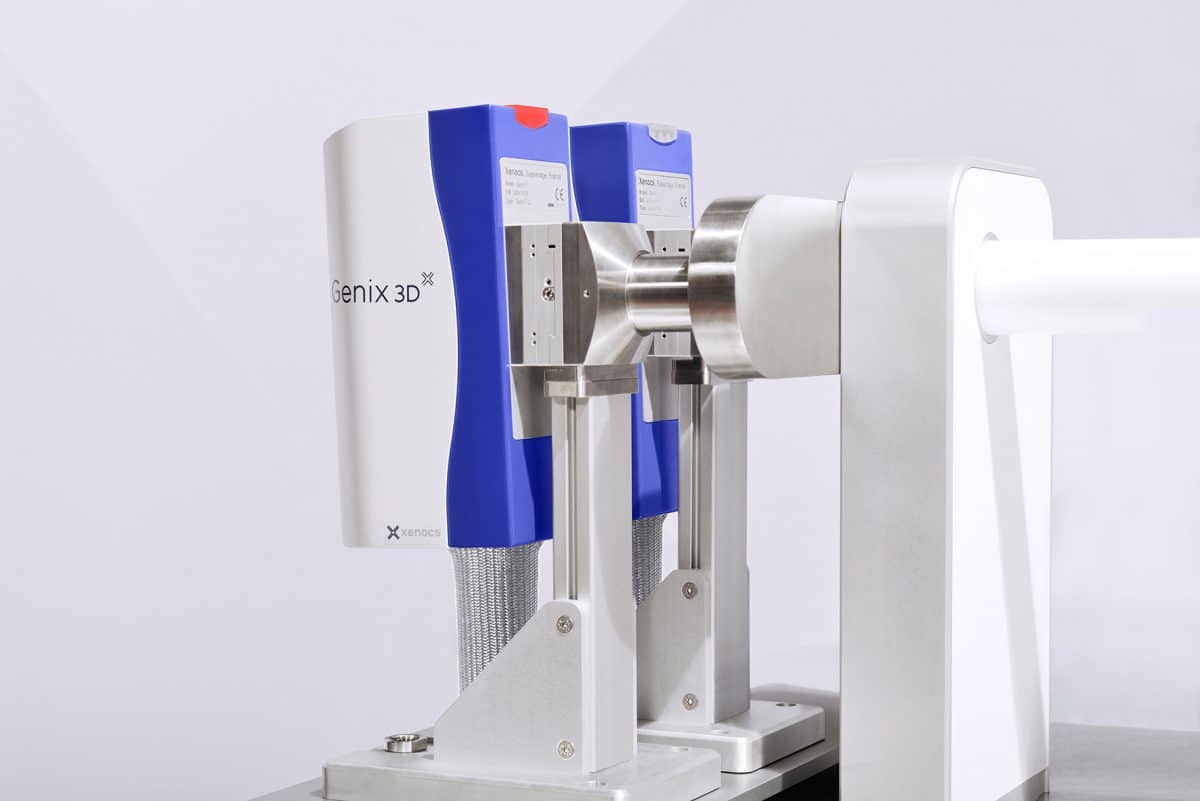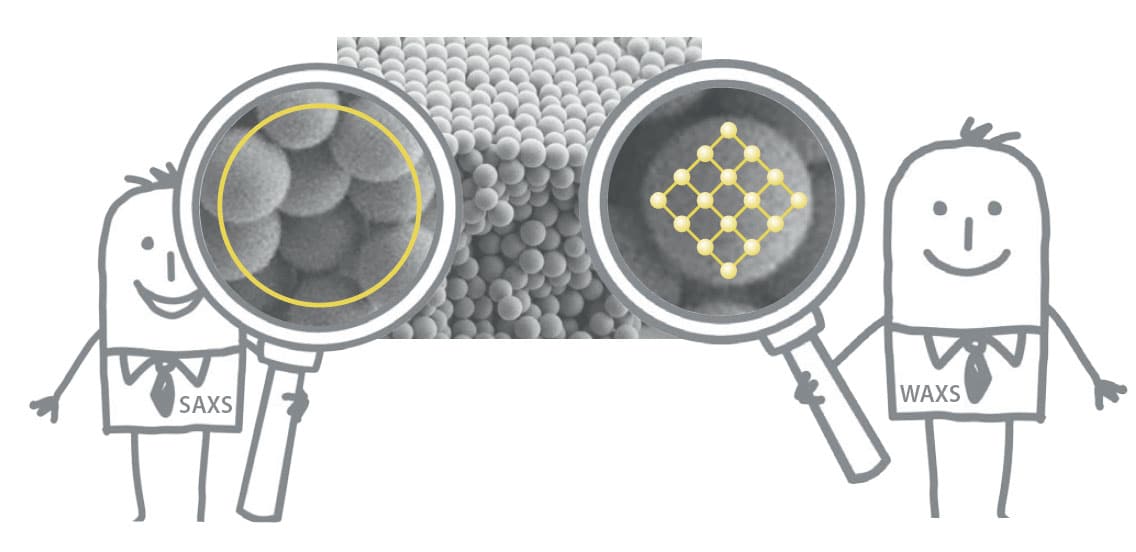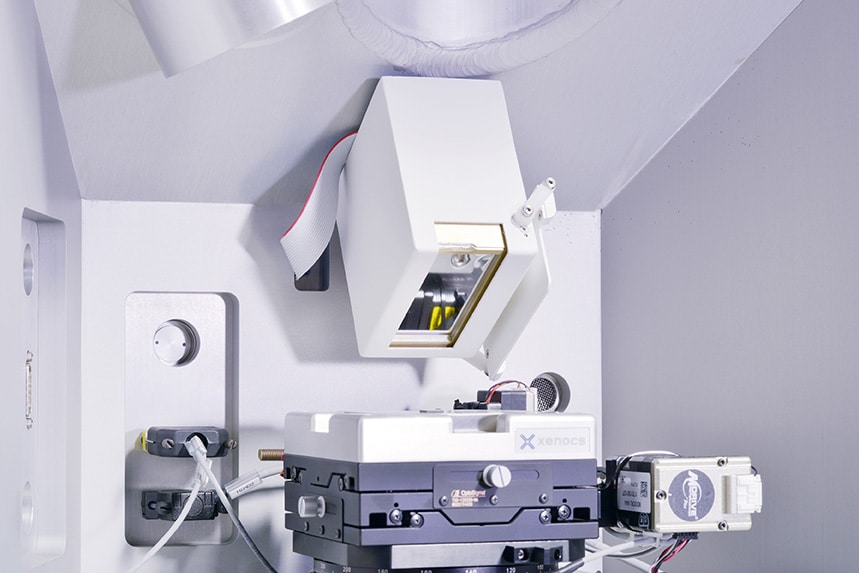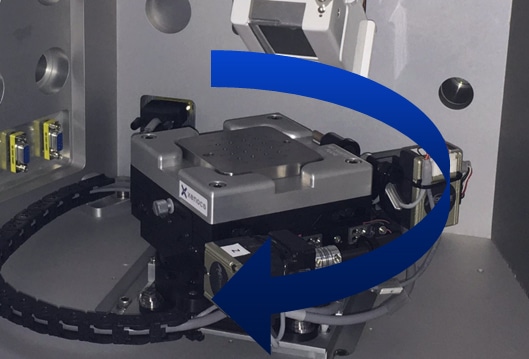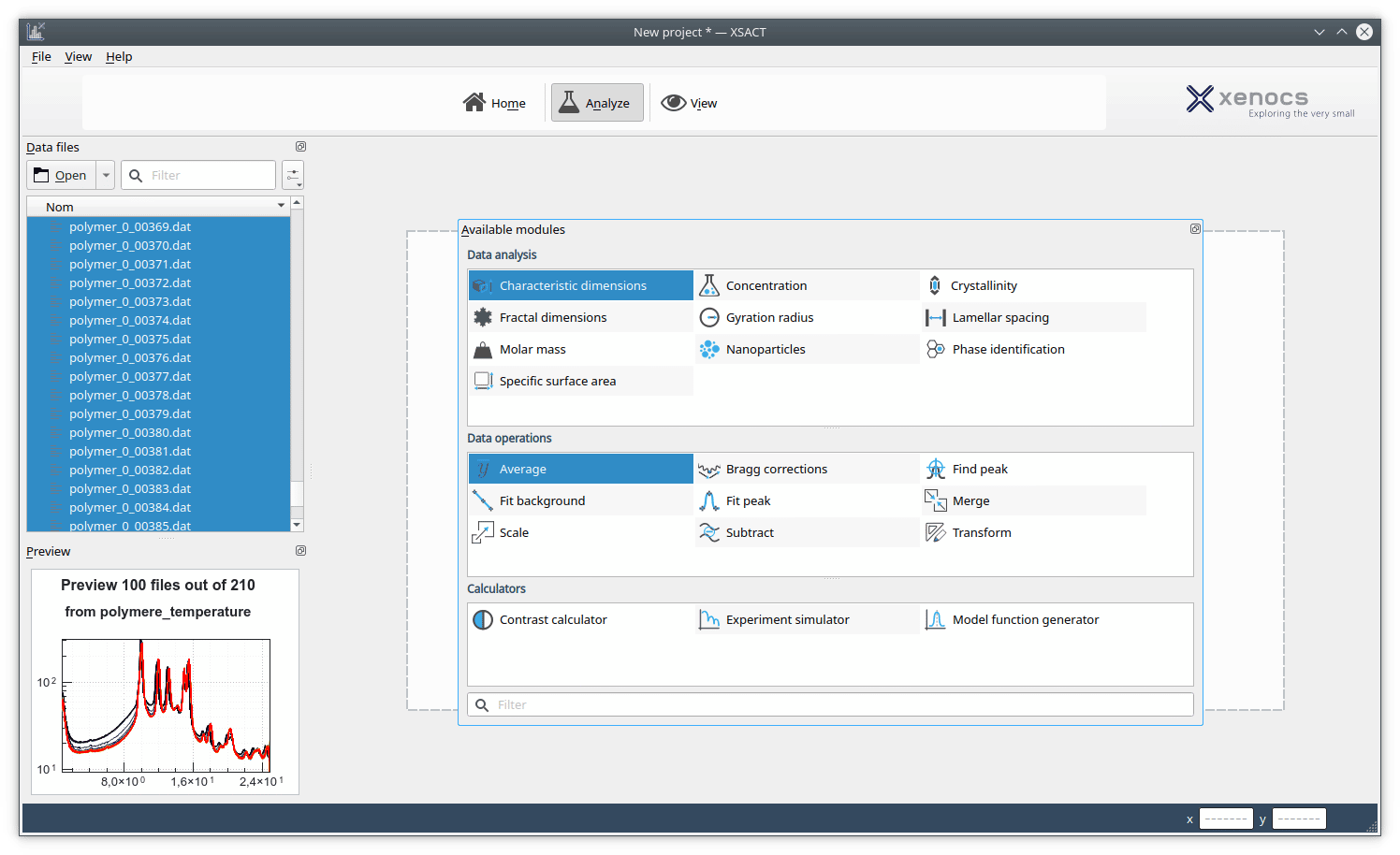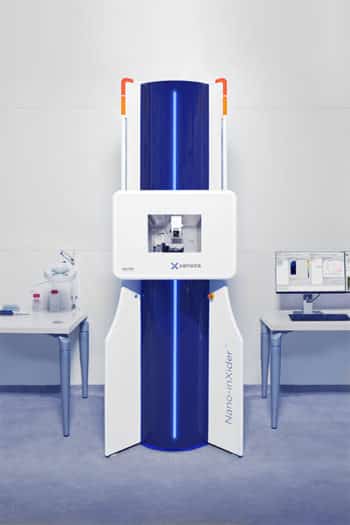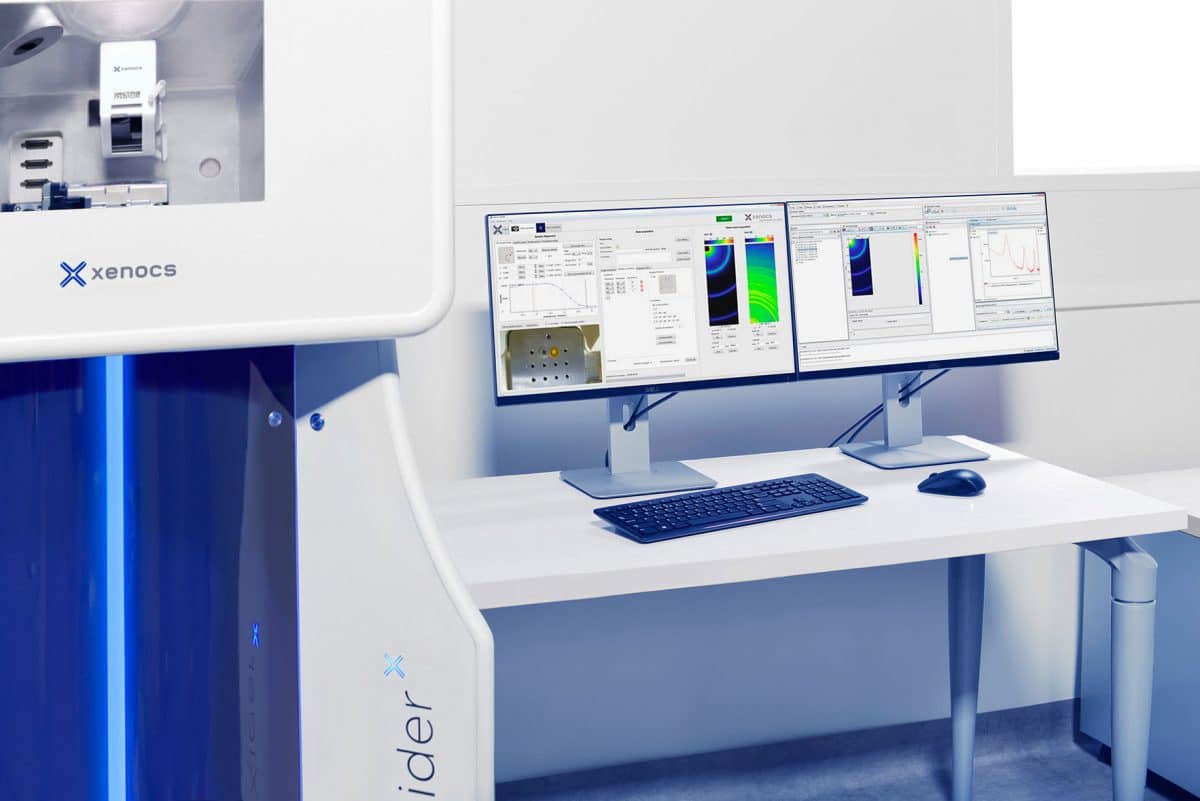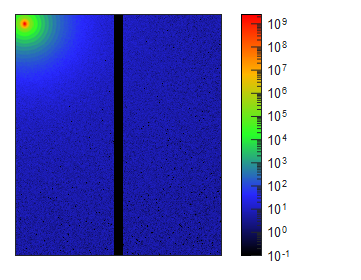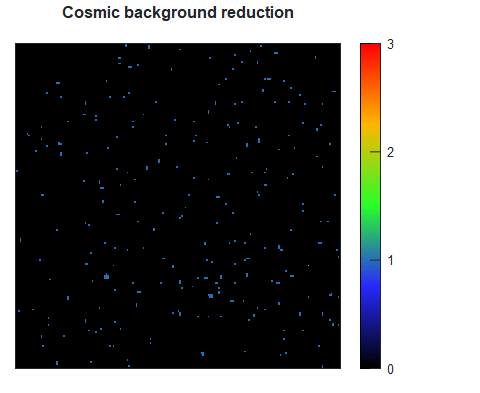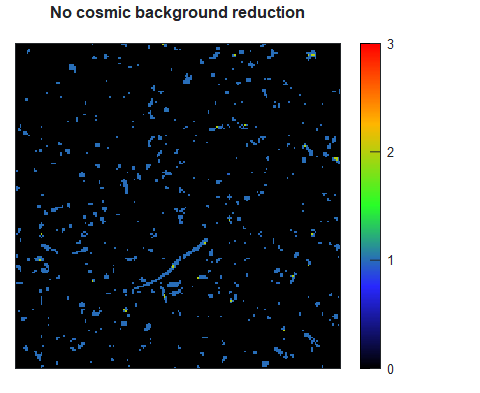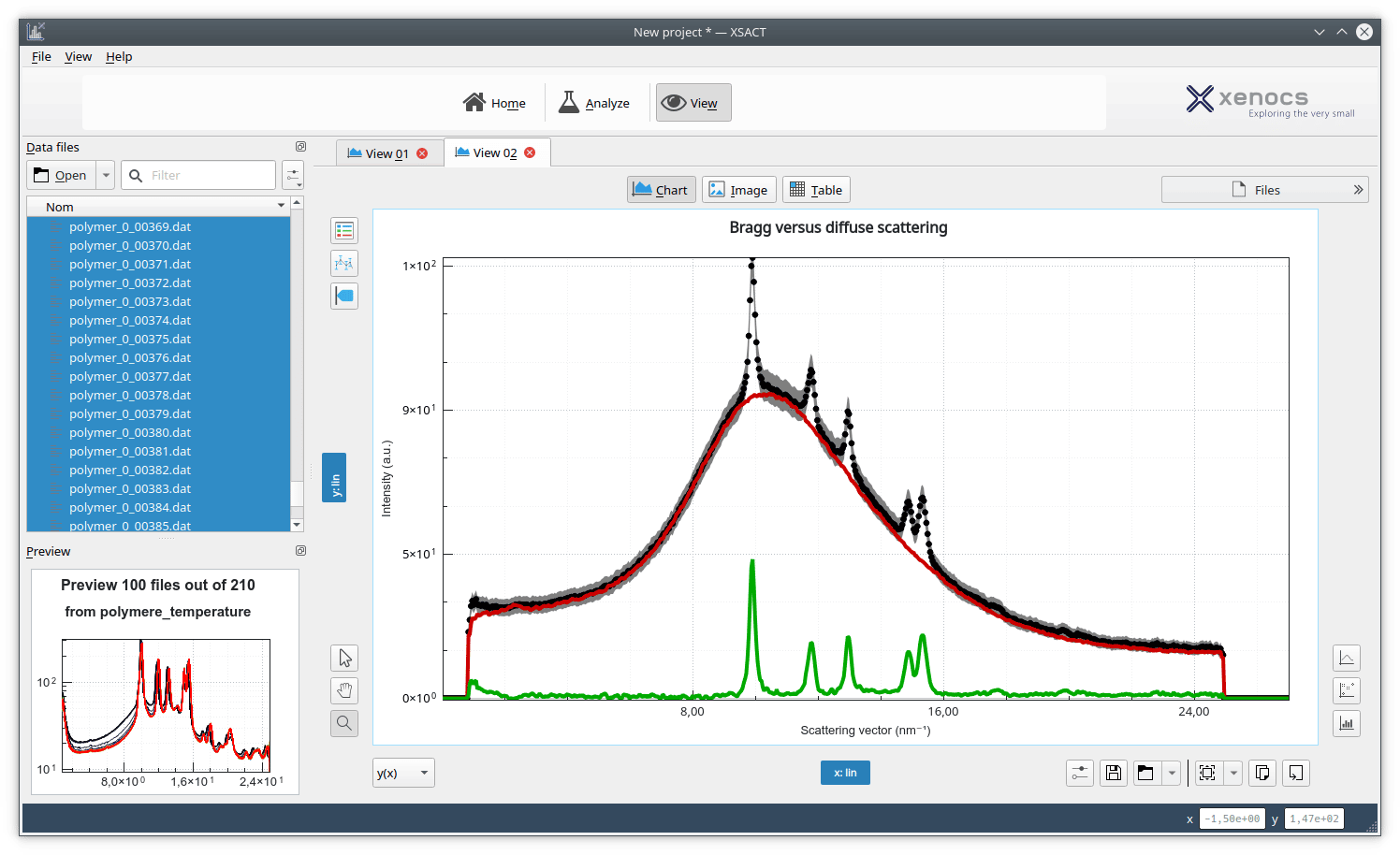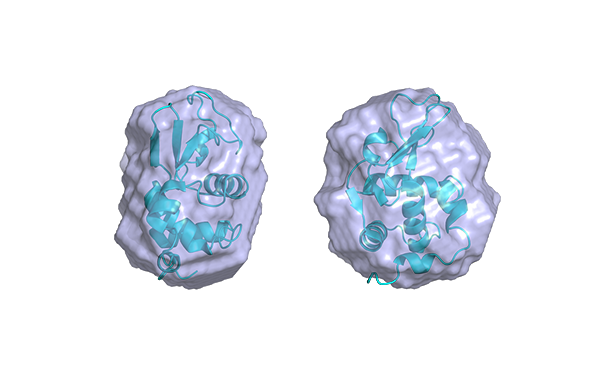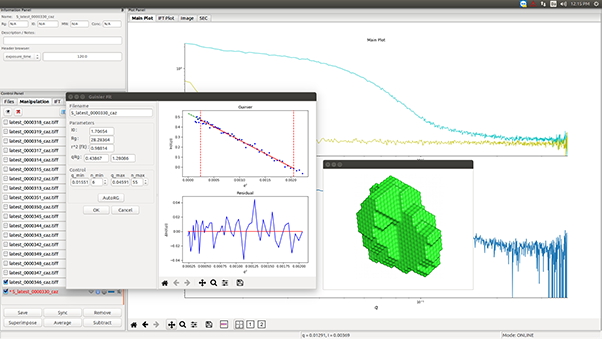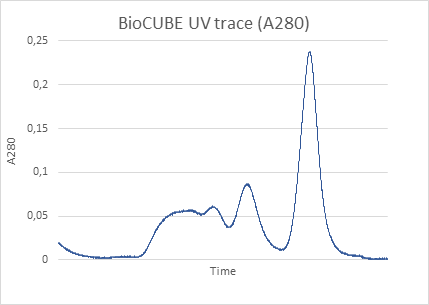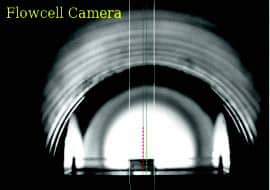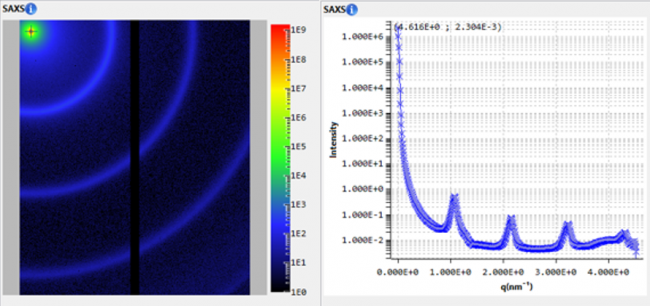Microgels
Screening of stimuli-responsive colloidal particles Microgels are colloidal particles consisting of cross-linked 3-dimensional polymer networks. These particles have the ability to shrink or swell substantially in response to external stimuli such as temperature, pH, ionic strength and light, allowing triggered release of encapsulated bioactive molecules. They additionally protect these loaded…
Thorough investigation of oligomers during protein fibrillation
The transient nature of aggregates during the fibrillation process of α-synuclein is highlighted with in-house SAXS experiments using the BioXolver. Protein aggregation into fibrillar structures is associated with a variety of neurodegenerative disorders, such as Parkinson’s and Alzheimer’s diseases. It is becoming increasingly evident that the toxic species causing the…
In-lab SEC-SAXS for structural investigation of complex samples
How to study the structure of complex biological samples? High quality data and 3D envelopes can be obtained on small and large proteins with SEC-SAXS in the lab Small-angle X-ray scattering (SAXS) is commonly used to investigate the solution structure of biological macromolecules. Highly accurate results can be obtained with…
Protein-protein interactions – from in vivo functionality to pharmaceutics and food science
Salt concentration and pH impact were studied on lysozyme and BSA systems respectively by investigating various parameters (osmotic second virial coefficient, folding state and 3D shape). Protein-protein interactions are relevant for various biological processes, such as transcription and signal transduction, but also for protein crystallization, stability and shelf-life of pharmaceutical…
High throughput protein envelope determination
3D envelopes were determined from an automated sequence of measurements including 3 different proteins with low volume and dilute solutions. Small-angle X-ray scattering is complementary to other structural biology techniques. It provides reliable information on the shape of proteins in solution and associated parameters including macromolecule interactions and dynamics. Reliability of the…
SAXS measurements of diluted solutions
SAXS investigations of Lysozyme solutions were performed enabling the calculation of the radius of gyration (Rg) and of the Pair-distance Distribution Function (PDDF). Small Angle X-ray Scattering (SAXS) has become an established technique for studying biological systems and more specifically protein solutions. SAXS is able to characterize both ordered and…
Polymer phase transformation
Simultaneous SAXS/WAXS measurements of a semi-crystalline polymer during thermal processing enables determination of route for phase transformation. It is well known that polymers undergo a large series of thermal transformations, from the synthesis in the reactor up to the final product shaping, i.e. during injection molding processing or film formation.…
Overview of a surfactant structure
SAXS/WAXS measurements were performed on the Head & Shoulders Classic Clean Shampoo from Procter & Gamble and reveal its inner structure. Many personal care products are concentrated surfactant systems displaying a multi-phasic microstructure. To design new properties through innovative formulation and to control the latter during the production process, good…
Investigation of Gold Nanoparticles
Shape and size of gold nanoparticles (NPs) in suspension have been determined by SAXS measurement. NPs are used even at very low concentration in many applications such as coatings, cosmetics or drug delivery.
Silk fiber nanostructure investigation
SAXS/WAXS measurements enable the determination of the characteristic dimensions and the semi-crystalline structure of Bombyx mori cocoon silk fibers. The excellent mechanical properties of silk fibers, such as their high strength and toughness, made them of great practical interest for numerous applications. The most ubiquitous domesticated silkworm, the Bombyx mori,…

